
Written by Skye-based guide Adrian Trendall, Cicerone's new guidebook to Skye's Cuillin Ridge Traverse documents this classic mountaineering adventure to an impressive level of detail. Everything you'd want in a Cuillin book is done well here: a big how-to intro for first timers; informative (but not excessive) route text; inspiring action pictures; clear large-scale mapping; and tons of photo topos.
- Before we get stuck in I'll declare an interest: I am currently working on a Cuillin guide for Rockfax (no thanks to coronavirus). I'd like to think this will not affect the fairness and objectivity of this review.
The first point of difference with other Cuillin guides on the scene is Cicerone's decision to present the information in two separate small books, held together in a clear plastic cover. This is a good solution to the need to keep weight and bulk to a minimum on the Traverse.
At just over 100g, the thin volume you'd carry on the ridge is a lot lighter than most guidebooks, and small enough to slip into a pocket for easy access on the go. When removed from the plastic sleeve, each booklet has a reasonably robust paper cover which should last quite well out on the hill.
This attractive book is a welcome addition to the available literature on the Cuillin Traverse and other Skye scrambles
Volume one, the bit you'd leave behind on a traverse, starts with general information covering traverse tactics, logistics and gear. Escape routes, bivvy sites, water sources - it's all here. With over 55 pages of this info, Cuillin first timers are well provided for. If old hands feel there's too much hand holding, then that's an advantage of the two volume setup, since you can just ignore the long preamble and you won't have to carry these pages along the whole ridge.
For those not already versed in the intricacies of the Cuillin, this info section offers loads of useful advice, with tips that are clearly based on Adrian's extensive knowledge of the ridge. Some of the most frequently asked questions - in our forums and elsewhere - are well trodden here: what should be on your rack; what length of rope is enough for the abseils; what footwear works well; the pros and cons of a (light but taxing) single day traverse versus the (heavier but more manageable) overnight option.

I wouldn't necessarily agree with all of the emphasis in Adrian's advice. For two-day traverses, for instance, the assumption here is that you'll be cooking. While a stove would be essential on an overnight winter traverse, I'd say it's a moot point in summer. Who wants to carry stove, pot, fuel, cutlery, boil-in-the-bag dinner and porridge (!) for breakfast when you can get by perfectly well with a load of pre-made sandwiches and other cold delights? You'll thank me on day two, when most of the food has been eaten and you're not lugging needless cooking stuff along for the ride. It's surprising that this book doesn't at least entertain the cold food alternative.
Another debatable decision, I feel, was the inclusion of more than three pages on the dark and often-bodged arts of moving together and short roping. While those who already know the ropes will find this an unnecessary expenditure of words, it's not nearly sufficient to explain these potentially very dodgy techniques to beginners. "Short roping and moving together is really outside the scope of this book" says Adrian in conclusion to this section. Well, quite. Others may have their own preferences, but on something as long as the Cuillin Traverse I would scramble the vast majority of the ridge untied, and only get the rope out on abseils and for proper lead climbing pitches (the well known cruxes, plus perhaps one or two other short sections depending on the day).
Volume one continues with full route descriptions for ten classic Skye scrambles. These are a great addition to the guide, giving you plenty of chances to reccy bits of the main ridge for a later attempt, and to get your head around the demands of Cuillin scrambling. Though you could look at them as practise for the main event, these ten routes in their own right include some of the greatest mountaineering days in Scotland. With the round of Coire Lagan, the Dubhs Ridge, Sgurr nan Gillean's Pinnacle Ridge, the Clach Glas-Bla Bheinn Traverse, and the rest, you've the makings of a couple of very productive Skye trips before even necessarily thinking about a full Traverse. It was a canny move to include these routes in the intro volume, thus keeping the second part of the guide nice and slim.
In this first volume you also get a surprise bonus in the form of a chapter on the winter traverse of the Cuillin, a highly prized alpine scale adventure for the very able. This is described from north to south, in the customary winter direction, and it's sufficiently different to the summer traverse to warrant its own chapter. Though there's a lot less detail than the summer description (on the basis that anyone taking it on will already know the ground, and their onions) I've not seen a comprehensive, bespoke winter route description like this anywhere before. It has its own map extracts, too.
But volume two, the topo booklet, is of course the meat of Cicerone's offering. I've written Cuillin ridge route descriptions for books, and read several others, and Adrian's effort is the most detailed I've seen. Across roughly 90 (albeit small) pages the Cuillin Ridge Traverse is described in blow-by-blow close-up. After a quick note on the three most obvious approach options to get to the summit of Gars-bheinn, the ridge is broken down into ten logical sections, in the customary south-to-north summertime order. Some sections cover a lot of ground with comparatively brief written description (the easy southern bit for instance), while others zoom in on a shorter but much more involved chunk (the fiendishly complex Mhadaidh rightly gets a whole section to itself); in each case the treatment is appropriate to the challenge on the ground.
The written instructions are snappy and concise. Better yet, each bit of text corresponds to numbers presented on a series of maps and full-page photo topos. It's a clear and user-friendly layout, which breaks down the infamous complexities of the Cuillin into a series of short logical steps. If you were reaching for your guidebook midway through some intimidating problem, this simple precision is exactly what you'd want.
In preference to the confusing tangle of contours presented by the Ordnance Survey, Harvey map extracts are used throughout. At a mix of 1:25K and 1:12K scales, these are the gold standard when it comes to explicable Cuillin mapping, but even they have their limits, and in the book a few highly magnified schematic plans are provided at the really fiddly points (such as the descent off Sgurr Thearlaich, for instance, or the traverse of Bidein).
The topos are a really valuable addition too. Practically the whole of the ridge is presented as a series of photos with lines drawn on. In many cases these are extremely useful, and they'd be way better than text and map alone for those new to the ridge. All the intricate and serious bits are covered in fine detail, including the more intimidating descents, and the main bypasses avoiding the crux climbing pitches. On the other hand I don't think the photo topos add anything supplemental to the maps on sections where the obvious option is simply to follow the crest (Gars-bheinn to Sgurr nan Eag, south ridge of Sgurr na Banachdich). As someone with mild red/green colour blindness I do wish they'd chosen any other colours but red for the main route and green for the bypass options, since I find these hard (not impossible) to see in some cases, but I recognise that's a niche concern. These photo topos also give a good feel for the nature of the terrain and the general lay of the land.
The non-topo photography is largely of a decent standard. Although my preference would have been for fewer posed facing-the-camera-grinning shots, you do also get plenty of atmospheric landscapes and inspiring action. There's not loads of this decorative stuff in the ridge traverse topo booklet, which has rightly been kept brief, but the thicker introductory book makes up for it.
Summary
While Cuillin old hands and adventure seekers will get by with far less than the detail on offer here, even those who know the area well are likely to find something new in this book. For Cuillin first timers it ought to prove a really helpful and reassuring resource, which covers the complexities of the terrain with clarity and thoroughness. Overall this attractive book is an impressive effort from Adrian Trendall, and a welcome addition to the available literature on the Cuillin Traverse and other Skye scrambles.
- For more info see cicerone.co.uk



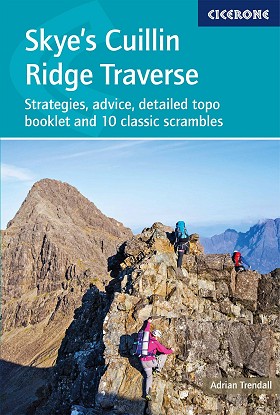














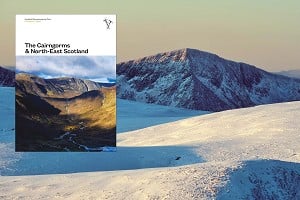
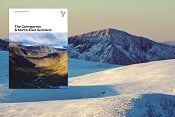
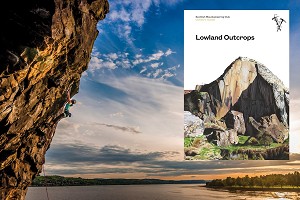
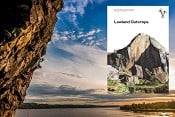
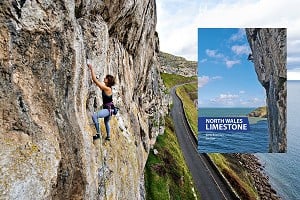
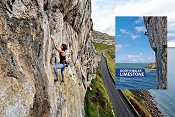
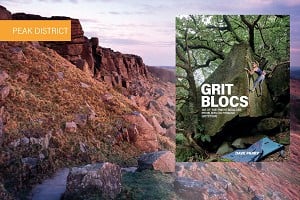
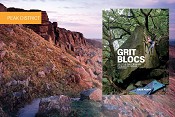
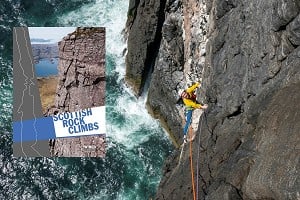
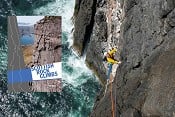
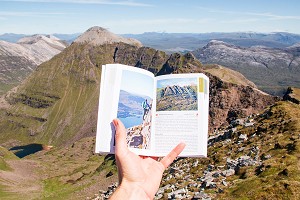
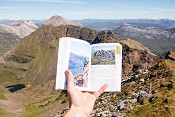
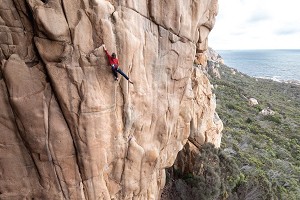
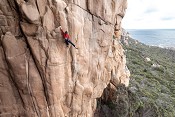
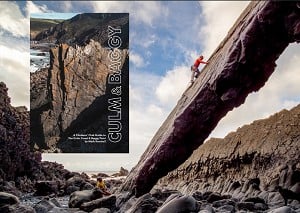
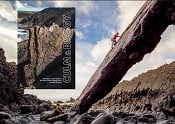
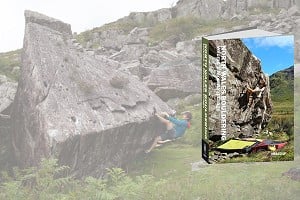
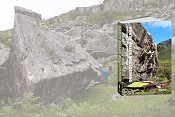
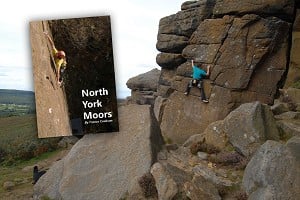
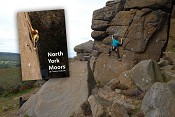
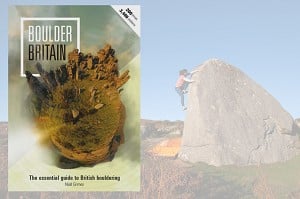
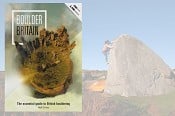

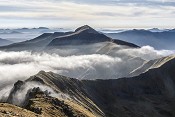
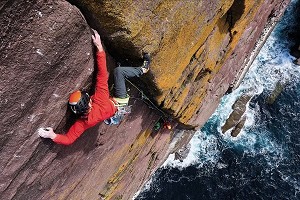
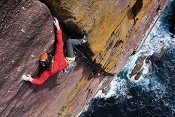
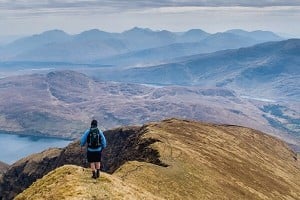
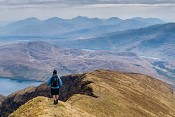
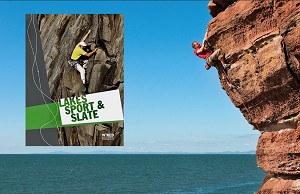
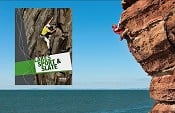
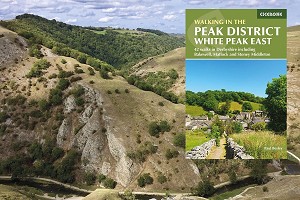

Comments
I love the layout and clarity of this guide and look forward to using it as soon as possible.
Dorine
Good review. I may not have done any of the Cuillin (bar a walk up BnF years ago) I know not to bother with a stove etc. for a two day trip outside of winter!
I'll be getting this as I've been putting rough plans together to 'do' the Cuillin, hopefully a trip this year to make a start.
Out of stock at Needlesport 🙁 c'mon Steve sort it out!
Thanks for your kind words, Dorine. Hope lock down eases off in Scotland soon and you can get a chance to use the guide book in it's natural environment. Enjoy the ridge when the time comes.
Andy, if you want a copy, I can get one in the post tomorrow morning.